Few places in Scotland escaped the pen of famous travel writer HV Morton, and in 1929, his light-hearted wanderings took him to “magnificent” Dundee.
Fresh from the success of his travelogue about England, Morton embarked on a tour of Scotland for the first time.
‘In Search of Scotland’, published in 1929, took Morton from the Borders to Ballater, and from the granite east coast to the wet west.
A gifted writer, still considered the master of his genre, the result was an enchanting insight into all aspects of Scotland, its people and its history.
And his journey to Dundee captured a unique but brief snapshot of the city’s industrial past, creating a living history preserved on paper.
‘The world’s greatest travel writer’
Henry Canova Vollam Morton, known as HV Morton, was a journalist and trailblazing travel writer during the early 20th Century.
So highly regarded, he witnessed the opening of Tutankhamun’s tomb, and was one of only two journalists to witness a top secret wartime meeting between Winston Churchill and President Roosevelt aboard a battleship in 1941.
At the time he was hailed as “the world’s greatest living travel writer”, and his work put many parts of Scotland on the map.
He became known for canny observations and humorous takes on the sights and scenes he encountered as he pootled around the country in his Morris Oxford.
But in recent years, a biography based on Morton’s personal diaries and letters suggested he was a Nazi-sympathiser, unfaithful, and a terrible snob.
His personal thoughts and feelings were at odds with his affable public persona and kindly commentary on the people and places he encountered.
Some argue his private views were a product of his Edwardian upbringing, while his public warmth and love for the places he visited was very real.
Taking the ferry to Dundee
A talented narrator who painted a rural idyll, Dundee got the HV Morton treatment in the late 1920s.
Morton entered Dundee from Fife on the Newport ferry – there was no road bridge in those days.
In fact, he quipped: “Possibly, if London were a little nearer to Edinburgh, there would have been a traffic bridge over the Forth long ago.
“The Tay, too, deserves something more than a railway bridge.”
Although it would be another 37 years before this vision became a reality.
But he does add that at three shillings for a Rolls-Royce Coupe car, the Newport-Dundee ferry is “very reasonable”.
‘Dundee like Sheffield by the sea’
Morton’s first impression of Dundee, on his approach from the Tay, was its tall chimneys rising above the smoke and stour of an industrial city.
He remarks: “It looked to me as if Sheffield had gone to the seaside.”
When the wind blows the smoke away, he said “clear against the hills, I saw the third largest city in Scotland”.
He added: “There was nothing very bonnie about Dundee from the ferry, except its amazing situation. What a place for a city!”
Morton greatly admired Dundee’s hard-working docks and wharves – a hive of activity set against a river two-and-a-half miles wide.
“Dundee was that morning busy with its marmalade, its jute mills, its cakes, its linen”, he added.
Dundee’s long and exciting past
Briefly diggings into the city’s past, he said: “It has a long and exciting history. William Wallace was a grammar school boy there.
“In the old days England took it, and Scotland won it back almost as frequently as Berwick.”
But even in 1929, Morton described Dundee as a modern city that had lost much of its past – and this was long before the wrecking balls of the 1960s hit the built heritage.
He explored the city’s exports – not just its goods but its people too.
He explained: “One of the main exports is, of course, journalists. I imagine that Dundee, with Aberdeen as a close runner-up has let loose on the forces of error more grim champions than any other city on earth.”
Squalor and opulence go hand-in-hand
Morton described Dundee almost as a kind of Shangri-La; a place where the city’s sons around the globe dreamed of returning to.
But even to the first-time visitor, the dichotomy of rich and poor was clear to see.
Perusing the grand properties of Newport, Broughty Ferry and Carnoustie, he said: “No city in the world could have been kinder to its rich ones.
“But, like all industrial cities subject to the ebb and flow of prosperity, it is a place of fearful inequality; riches and poverty are side by side; opulence and squalor hand-in-hand.
“There are hilly streets in Dundee where the children play barefoot in the gutter. It is always washing day there.”
Role reversal on the domestic front
It was a city where domestic roles reversed to suit the city’s fortunes.
Encountering a man standing smoking in the neat and clean doorway of his home, further questioning by Morton revealed he was unemployed.
The man explained that he was nurse, cook, and house-maid, looking after the home and children, while his wife worked in the mill.
Morton said: “This unnatural domestic life is, I believe, a characteristic of Dundee when the shipyards are idle, as it is of Londonderry, which has work for women in the shirt factories, but little, or none, for men.
“I asked him how it felt to be dependent on a wife. He appeared unconscious of any humiliation.
“He said it was a good day’s work to look after two children, and he would rather do a day’s work than wash one baby!”
He added that his wife gave him beer money and sometimes took him to the pictures.
‘Magnificent view from Dundee Law’
Plodding on, Morton encounters the Howff, which he describes as a gloomy yet impressive cemetery where people could “enjoy the art of being miserable”.
He added: “No city could live in more intimate contact with the dead men and women who made that history.”
But looking up, he proclaimed Dundee Law as “a treasure, from which a man can look down the very chimneys of the city”.
Morton added: “Here is another great view in Scotland, different from anything I have seen, and, in its way, as magnificent. Dundee lies below – street piled on street, chimney above chimney, the broad Tay crossed by the astonishing two-and-a-quarter-mile bridge.
“To the left the docks and the open sea; right ahead, over hills and remote in distance, the golden sands and the roofs of St Andrews.
“On a sunny day, with the wind blowing over Dundee Law, your blood tingles and you want to shout.”
And turning your back to the sea, he describes how from the Law, the Highlands can be glimpsed, gloriously gleaming in the distance.
“This is the vision that Dundee men carry with them to the ends of the earth. No wonder that they always go back there some day.”
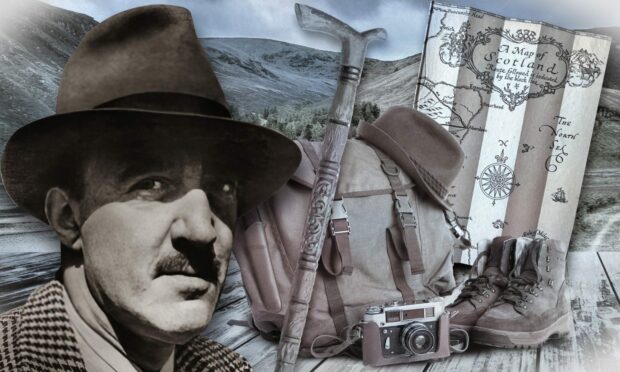
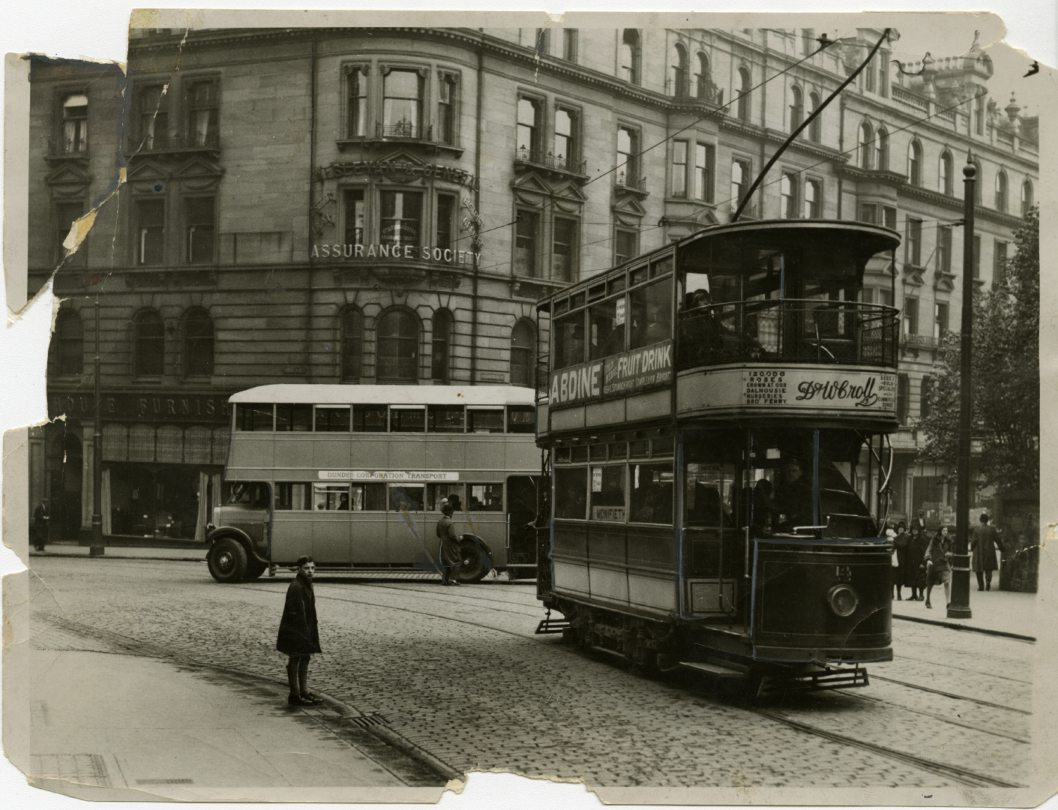
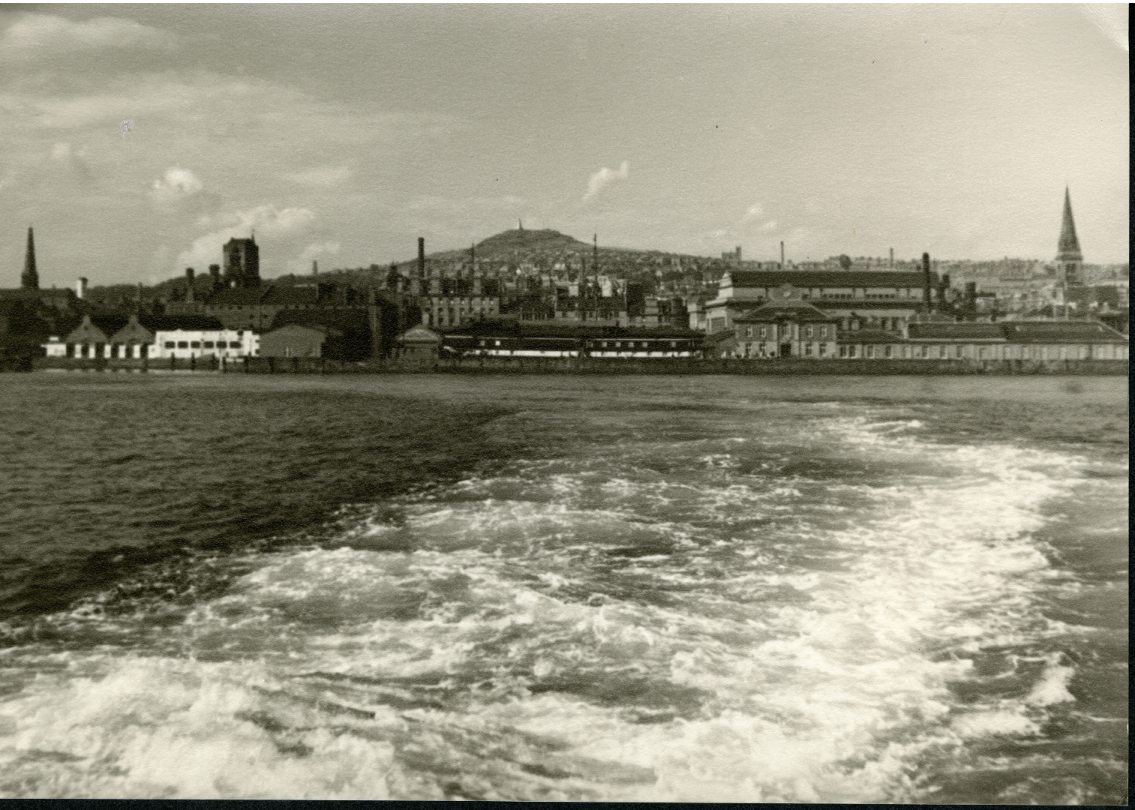
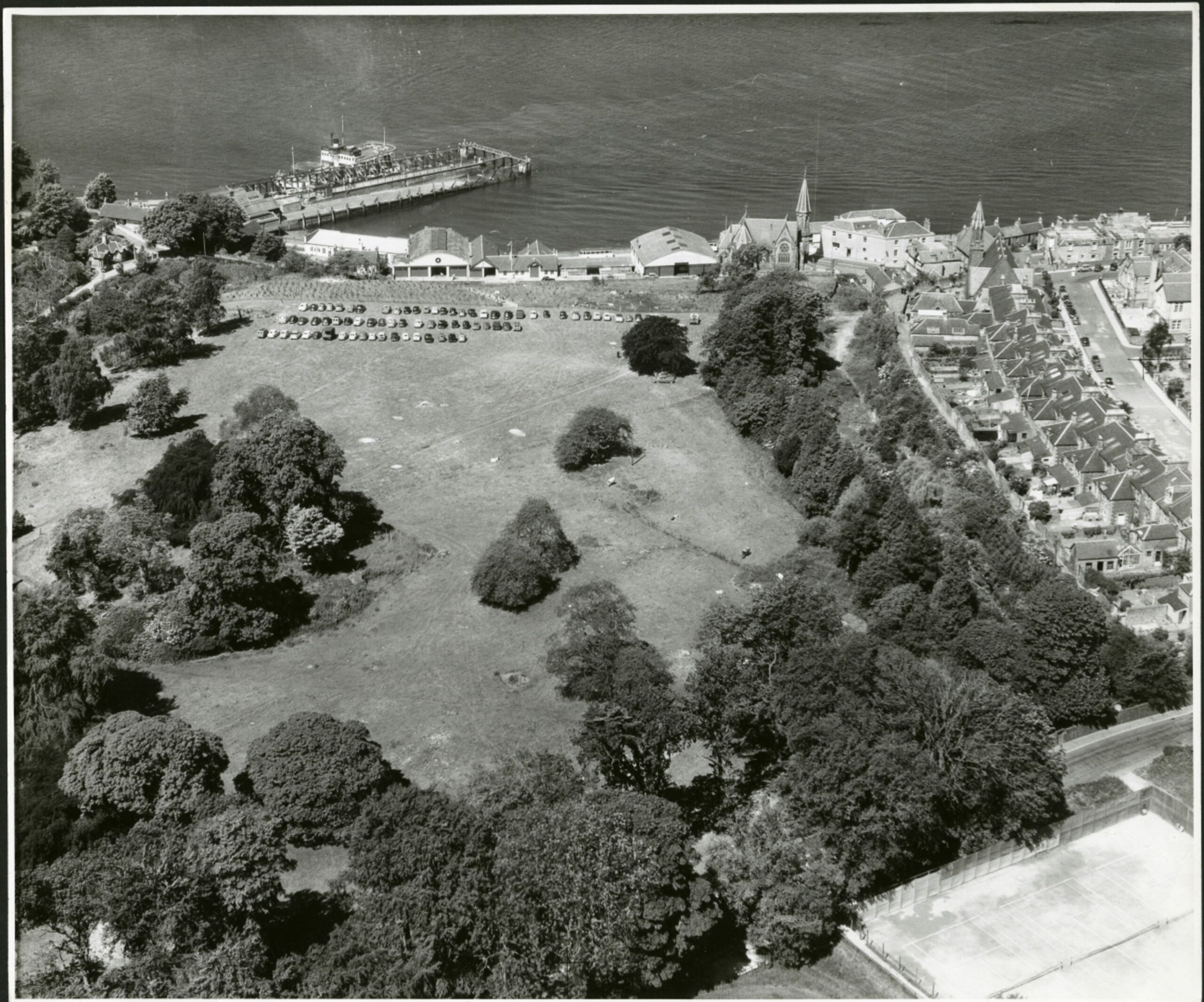
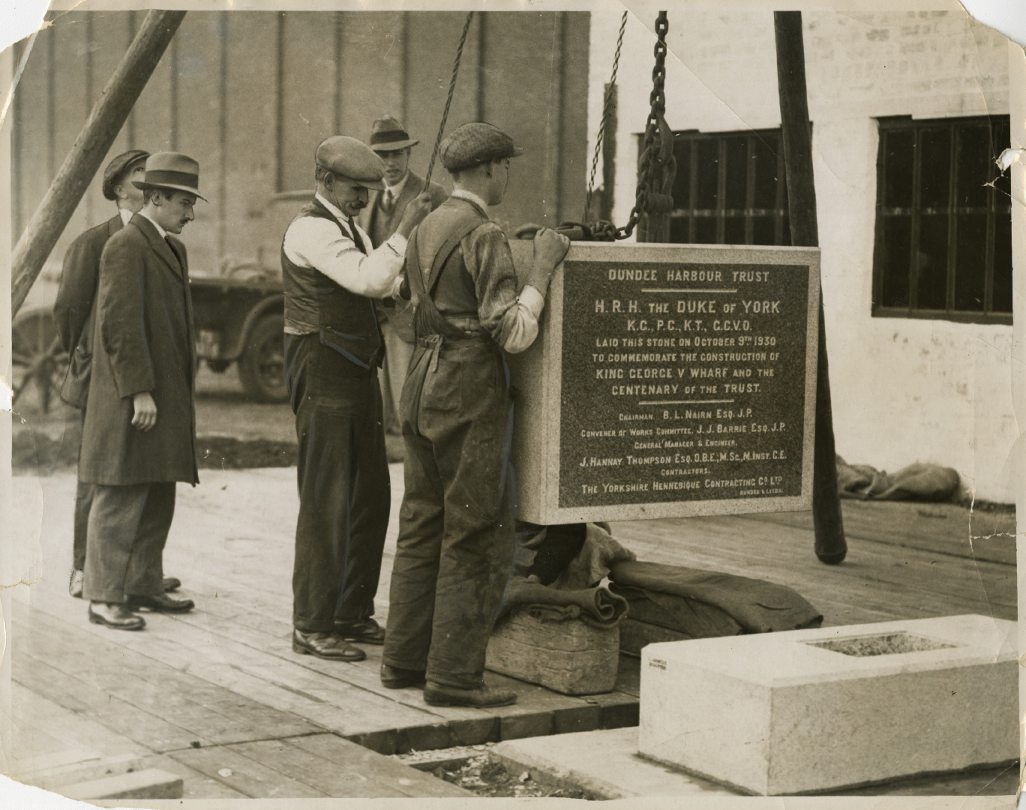


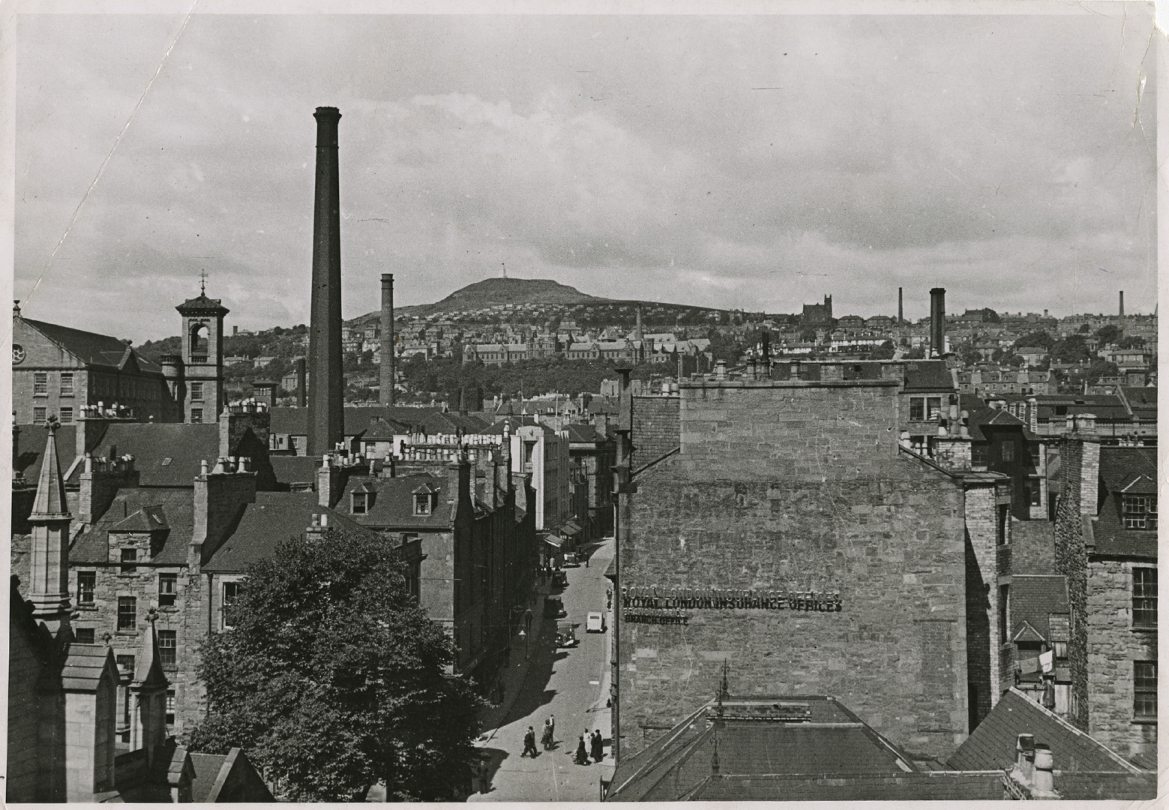

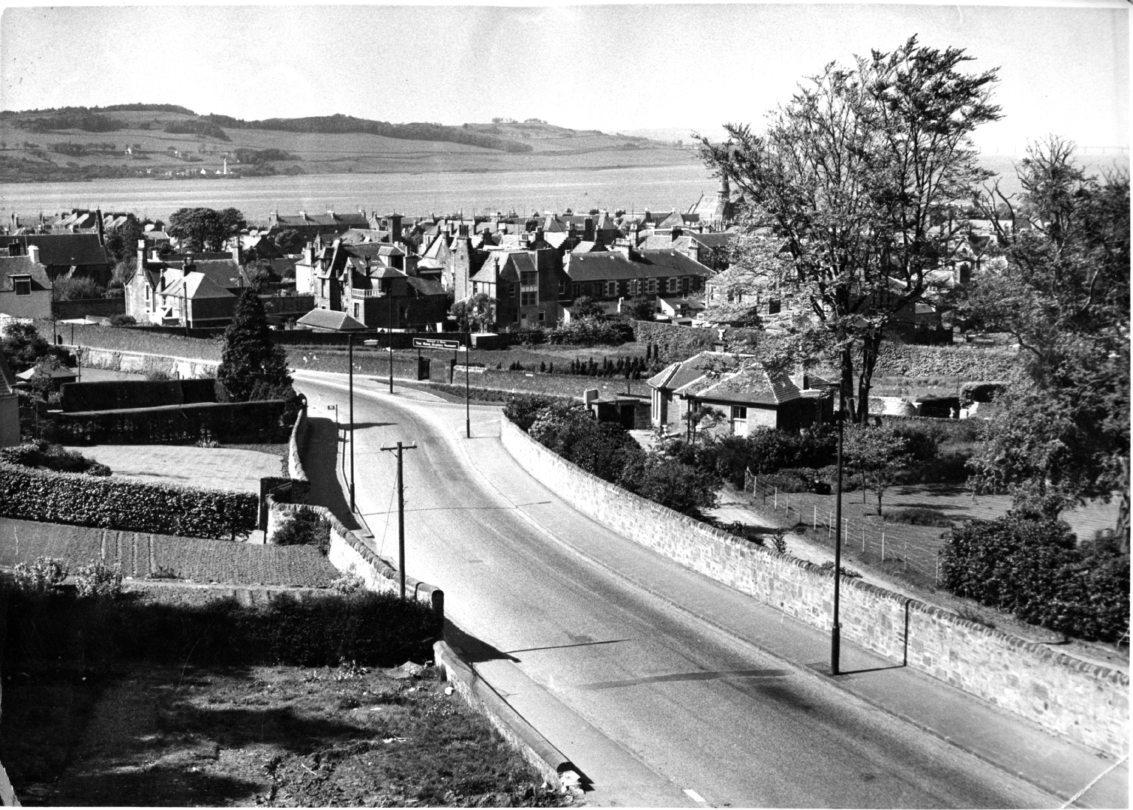
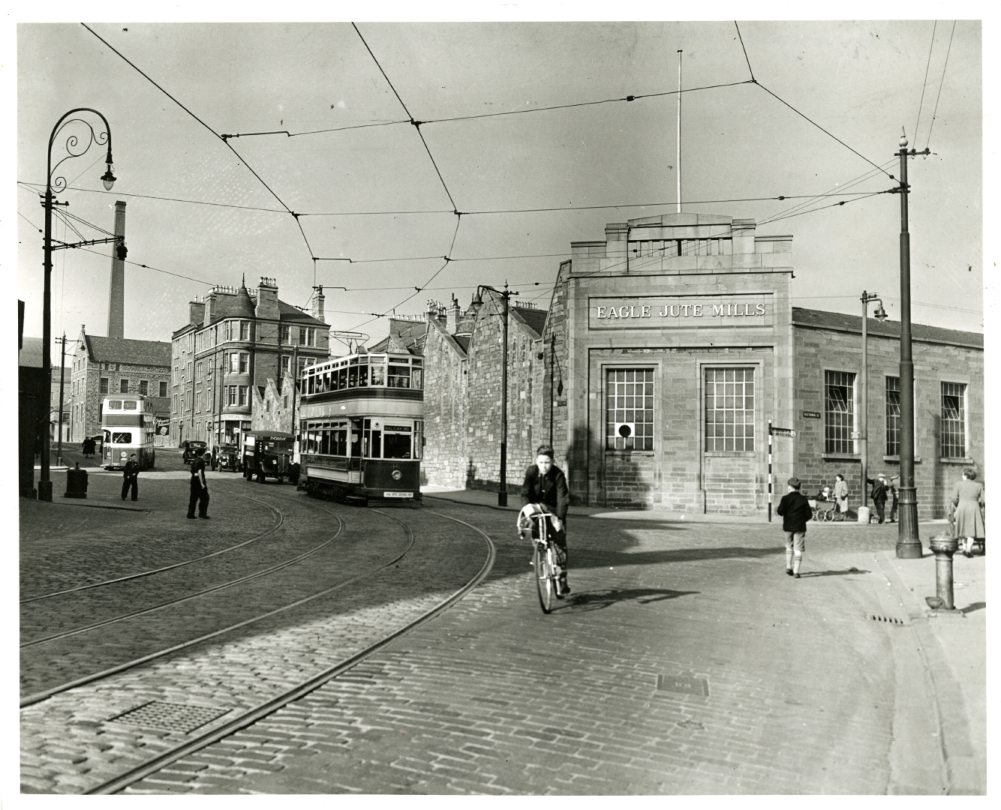
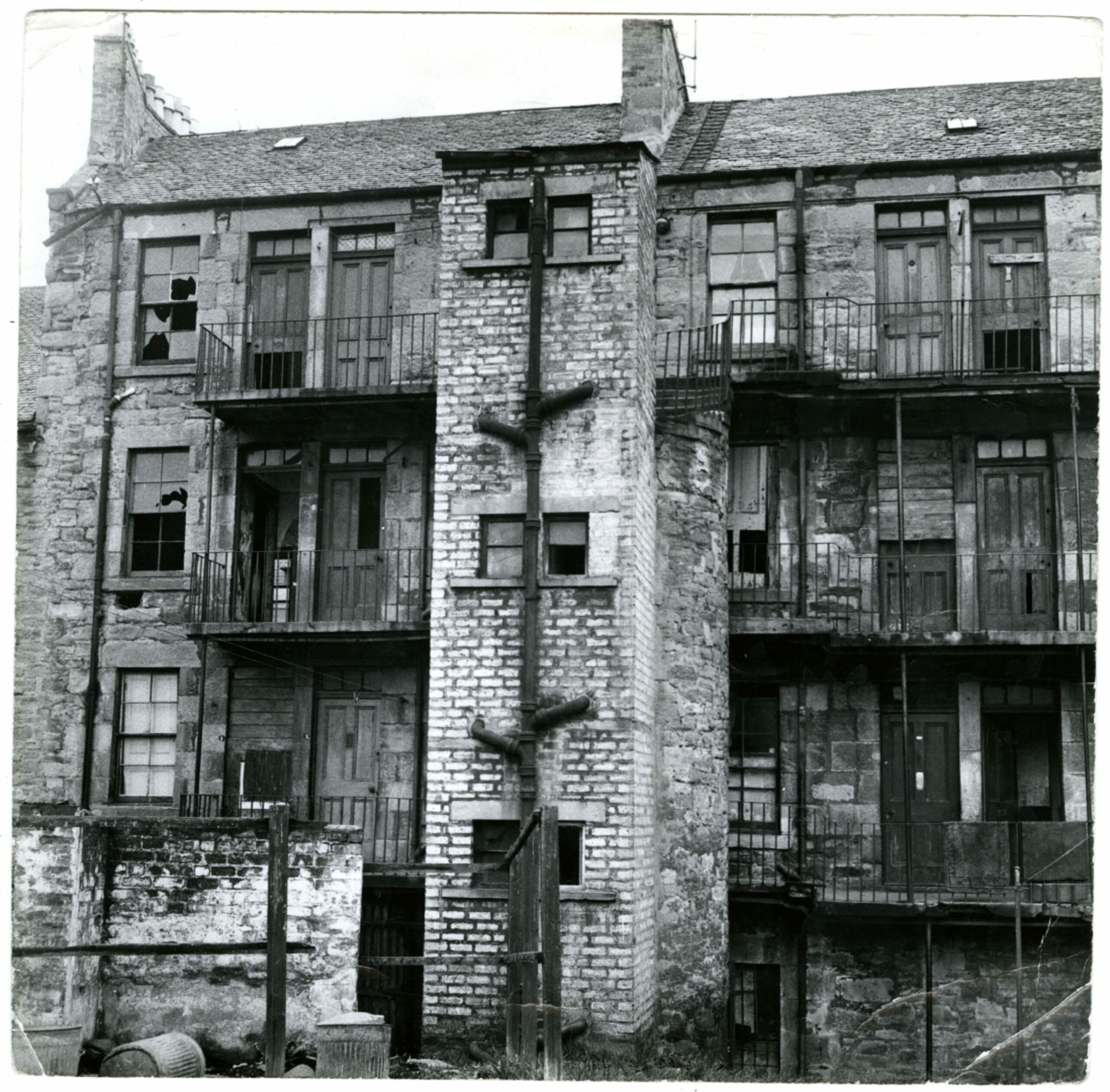
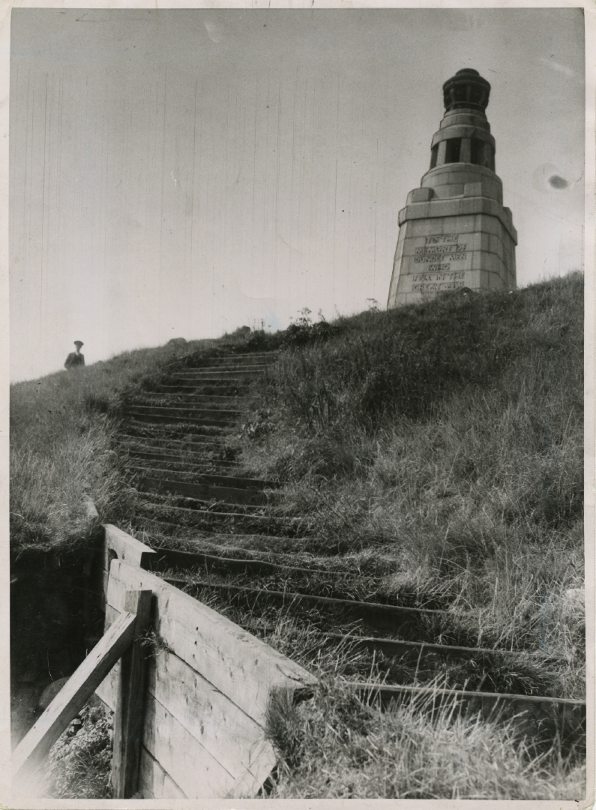
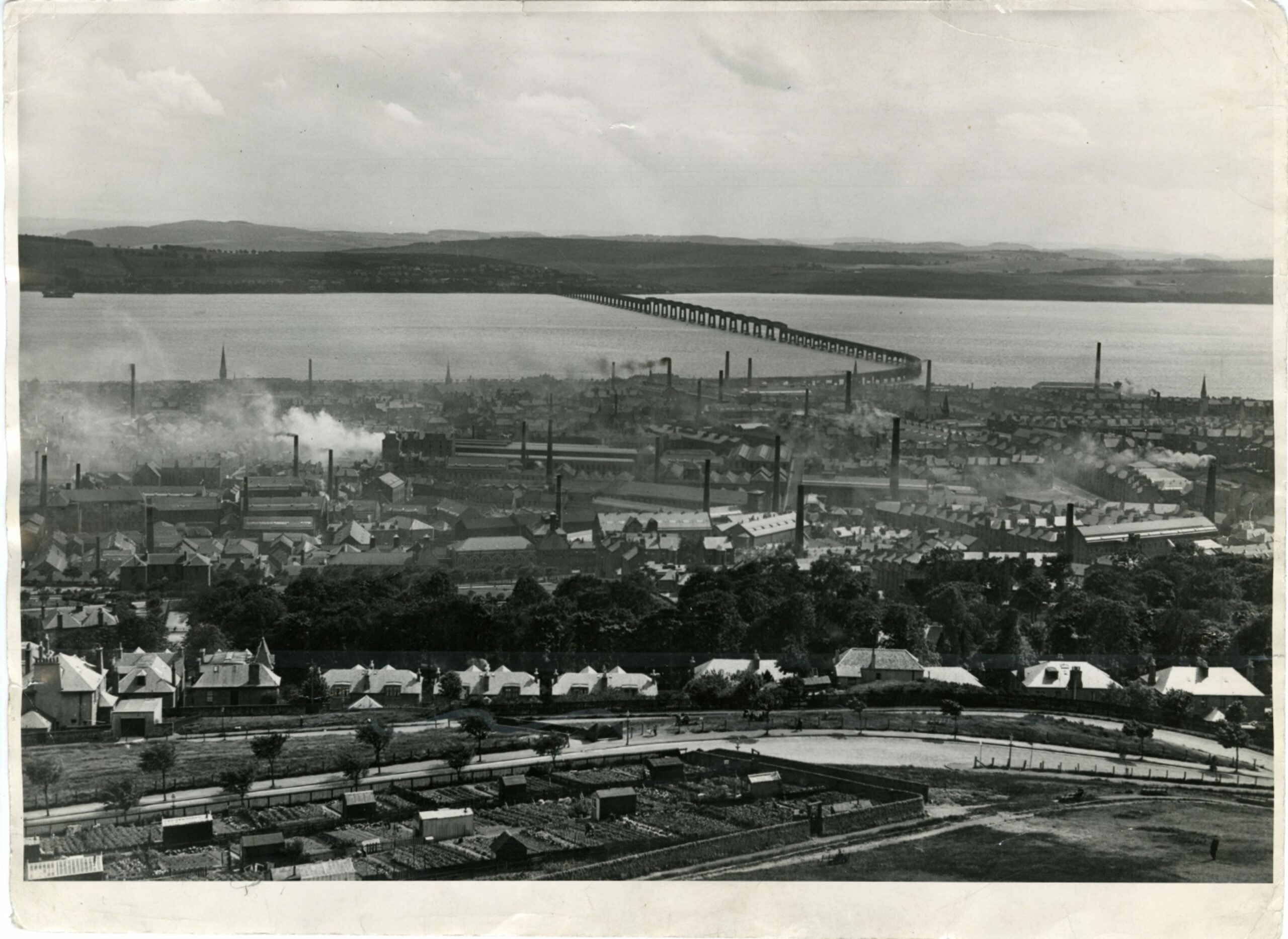










Conversation